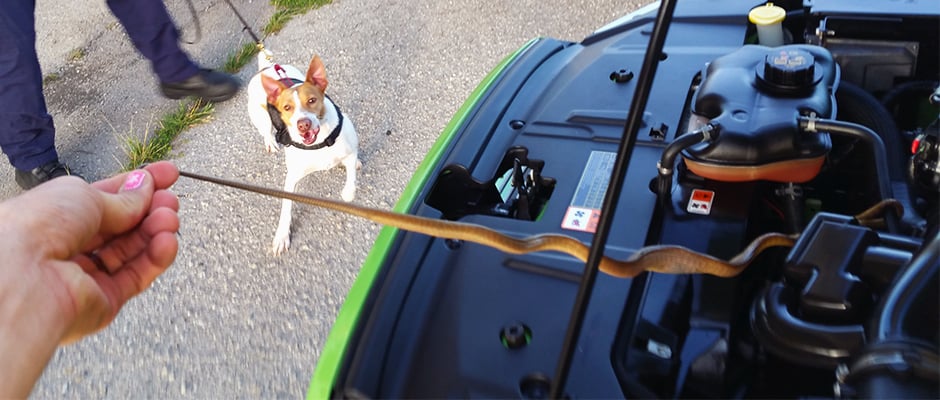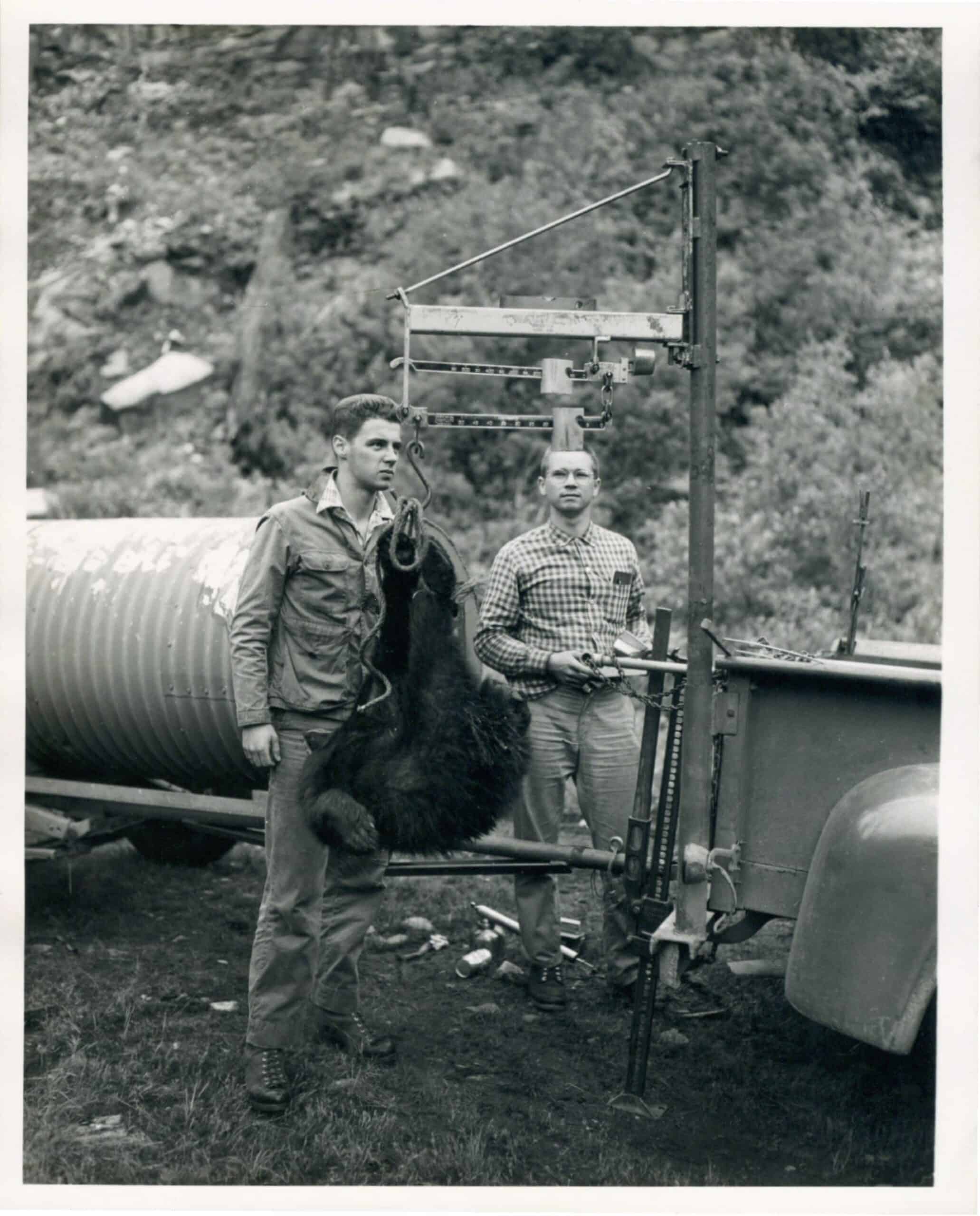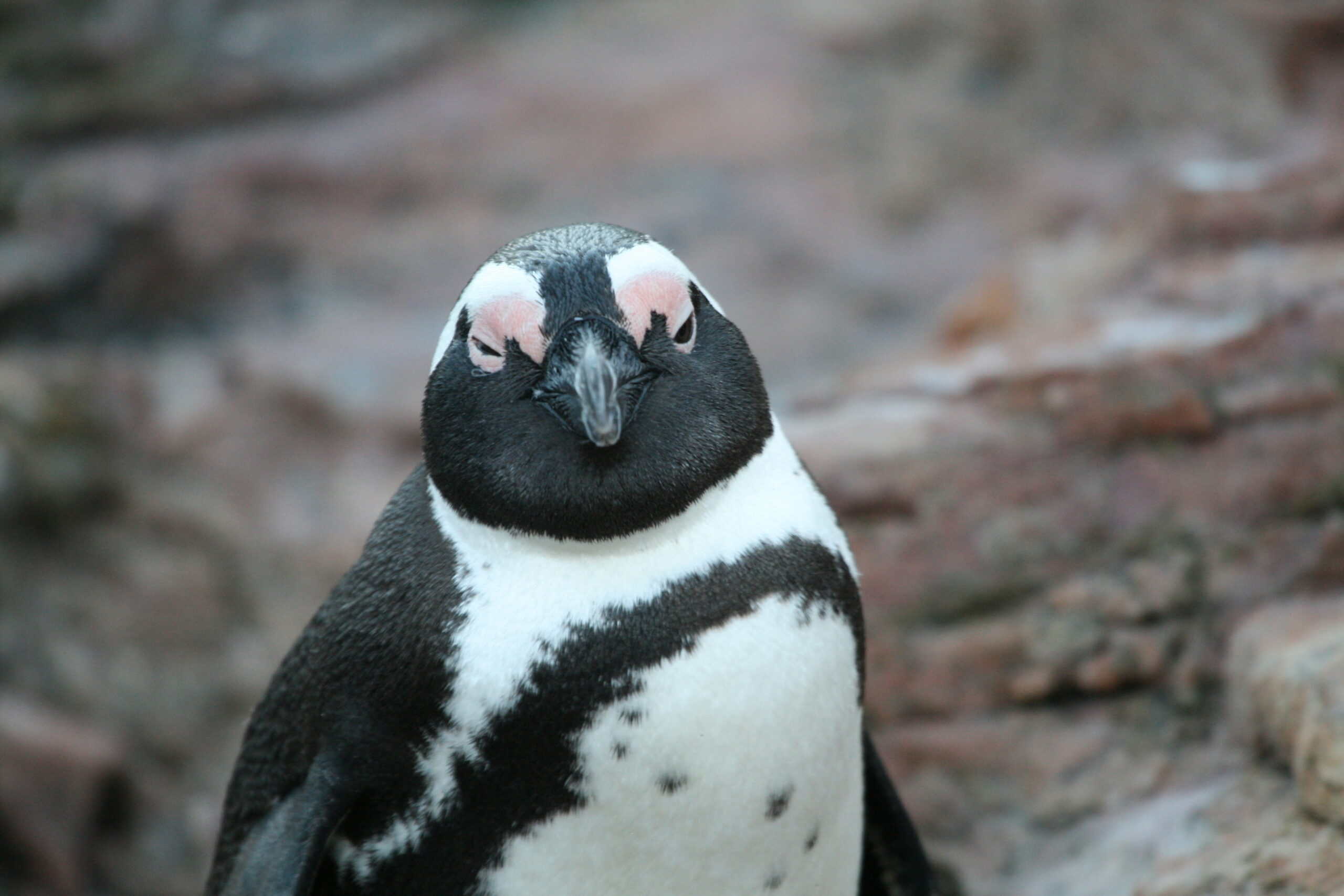Share this article
A dogged last defense against brown tree snakes
On a late June morning, biological science technician Joaquin Benavente and his partner Bonnie started a routine day at the U.S. Navy processing center on Guam, with 16 outbound vehicles scheduled for handling. After a safety inspection, the team was cleared to begin the search of a green Ford Mustang destined for Charleston, South Carolina, along with other goods of an American military member.
Bonnie, a Jack Russell terrier mix from the Meriwether County (Georgia) Animal Shelter, had arrived in Guam a year earlier. Since March she has partnered with Benavente, a canine detection dog handler for six years. While actively searching the car, Bonnie showed a distinct change of behavior, heading toward the engine’s right side and drawing his attention there.
Benavente, a WS specialist since 2006, identified a brown tree snake (Boiga irregularis), coiled on top of the fender, underneath the air filter housing where it never would have been seen on visual inspection. Bonnie’s response awakened the snake, which was captured by a coworker. At necropsy, the male snake, 883 mm in length and 114.3 grams, revealed stomach contents of a freshly eaten but undigested black drongo (Dicrurus macrocercus); one invasive sustaining another.
WS-Guam’s Canine Program is one part of the larger Integrated Wildlife Damage Management effort to prevent the spread of the invasive snake, which contributed to the extirpation of all but three of the island’s native birds and the extinction of one — the Guam flycatcher (Myiagra freycineti). Trapping and toxicants comprise the major effort. Most snakes are captured in strategically placed traps, including some designed by WS-Guam specifically for the project. Canine teams provide the last line of defense.
Any snake circumventing these efforts might end up in an outbound cargo destined to any one of approximately 49 countries and territories and the 50 states. Inspections take place at all departure points including more than 30 packing and shipping companies, commercial and military airports, and the Commercial Port of Guam.
The WS-Guam’s 16 canine teams work shifts around the clock, inspecting a combination of all outbound cargo, vehicles, aircrafts, household goods, and boats to neighboring islands and finding three to four snakes a year. It’s important to remember the devastating risk posed to other Pacific islands and sensitive ecological areas. Economic analysis estimates the impact of the snake reaching and becoming established on Hawaii could be $593 million to $2.14 billion in yearly damages (Shwiff et al. 2010).
Our fellow program, Plant Protection and Quarantine in the Animal and Plant Health Inspection Service, operates the National Detector Dog Training Center (NDDTC) in Newnan, Georgia. WS-Guam procures dogs from shelters or rescues in Georgia and surrounding states. With NDDTC leadership and training we are able to give man’s best friend the care and affection they need to live long and happy lives while they serve as a last defense against the spread of this snake.
Click here to see a video of Bonnie the Jack Russell terrier in action.
Header Image: Detector canine Bonnie demonstrates the excitement of finding the prey – and safeguarding other islands. ©USDA Wildlife Services









